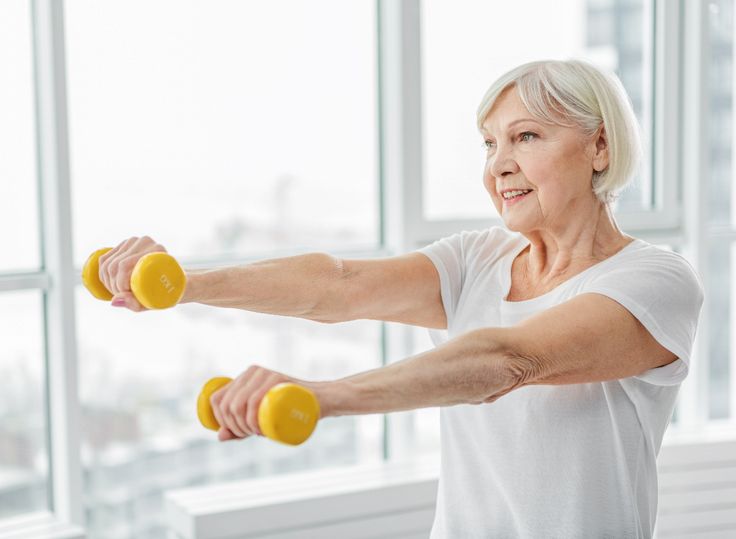
Although everyone knows aging is unavoidable, how each of us ages. That is up for discussion, though. Imagine two people seventy years old: One is joking in the face of the difficulty while scrambling a high trail; the other finds it difficult to get out of a chair.
Same age, yet different reality. The secret is nothing. Exercise provides one of the most effective anti-aging agents available; this is true based on physiology and genetics independence.
However, not all forms of exercise are equal, and therefore, our movements will impact our aging process. Thus, let us now explore the science of movement and lifespan!
Aging is accompanied by cellular and molecular alterations that lead to less energy generation, an impaired immune response, and cognitive decline. But exercise does seem to have an effect on some important aspects of aging:
Regular exercise increases mitochondrial function, the powerhouses of our cells, which slows cellular aging.
Telomeres are the protective caps on the end of DNA strands and naturally shorten with age. Exercise slows this shortening and lowers the possibility of diseases associated with old age.
Chronic inflammation is an accelerant of aging, contributing to arthritis, heart disease, and other conditions. Exercise decreases inflammation, which is health-promoting.
Exercise helps regulate hormones such as growth hormone and testosterone, which decrease with aging but are important for muscle gain and recovery.
Cardio workouts are vital: running, cycling, swimming, and a variety of aerobics workouts will keep your heart healthy and help you live longer. Regular cardiovascular exercise helps the body to lower the risks of cardiovascular diseases, high blood pressure, and stroke, according to evidence.
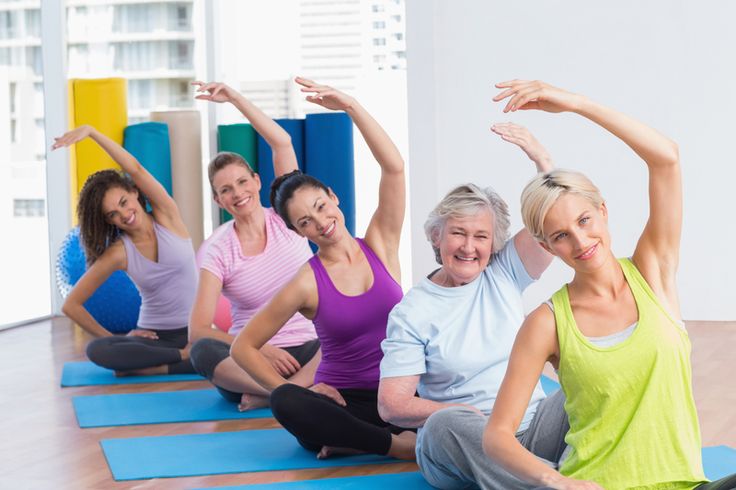
⇒ May improve the efficiency of the heart, which lowers the chances of heart-related complications.
⇒ Gives you increased oxygen-rich blood to every organ with improved lung capacity.
⇒ Increases circulation, lowering the risk of varicose veins and deep vein thrombosis.
⇒ Enhances cognitive health by improving blood circulation to the brain and preventing memory issues.
⇒ Brisk walking (30 minutes a day).
⇒ Cycling (45 minutes, three to four times a week).
⇒ Swimming (30 minutes, 3 times per week).
⇒ High-intensity interval training (HIIT) (20 min, twice per week).
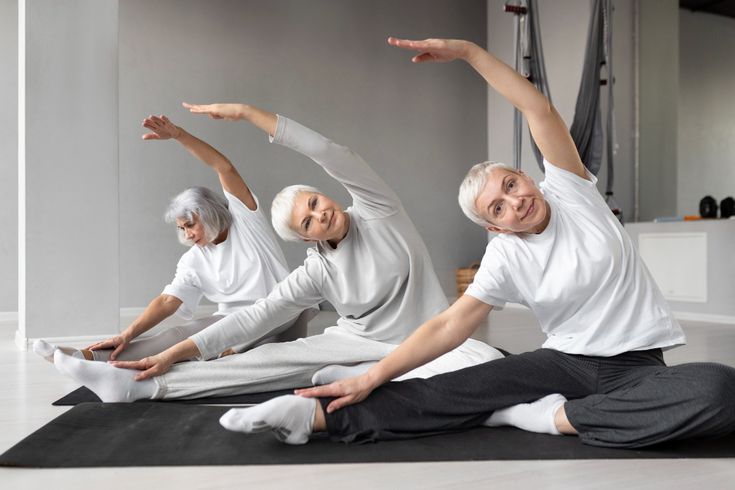
Sarcopenia is the term for the natural loss of muscle mass that occurs as we age. Strength training, be it weight lifting, a resistance band routine, or a bodyweight workout, is critical in order to build and preserve muscle and bone health.
⇒ It increases bone density, leading to lower chances of osteoporosis.
⇒ It prevents muscle loss, which maintains your mobility and independence.
⇒ It boosts metabolism, reducing the risk of weight gain and obesity.
⇒ Enhances posture and balance, lowering the likelihood of falls and injuries.
⇒ Strength training (3 days/week, 30–45 min. each session).
⇒ Structural movement, squats, lunges, and push-ups
⇒ Upper-Body strength dumbbell or Resistance band workouts.
⇒ Stabilizing and postural strength through your core.
As we age, flexibility and mobility are affected, and so stiffness and joint pain occur. Maintaining flexibility promotes fewer injuries and chronic pain with exercises like yoga, pilates, and stretching routines.
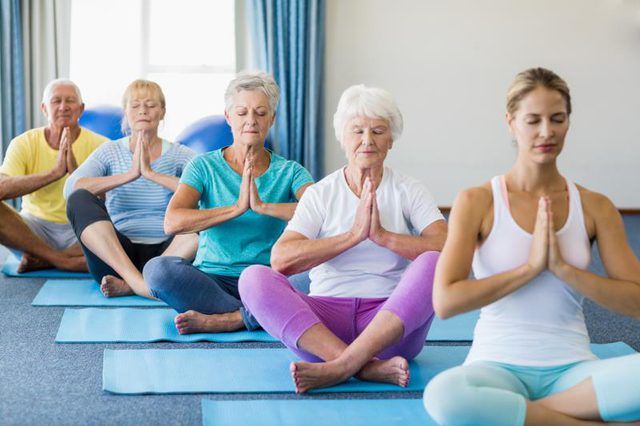
⇒ Enhances joint flexibility, stops arthritis, and stops stiffness.
⇒ Improves balance, thus lowering the risk of falls.
⇒ Versatile, can also help with posture and alleviating back and neck pain.
⇒ It aids in recovery, relaxation, and general well-being.
⇒ Yoga (2–3 days per week for 30 minutes).
⇒ Always engage in dynamic stretching before working out.
⇒ Static stretching post-workout to help loosen up muscles.
⇒ Foam rolling release of the muscle’s tension.
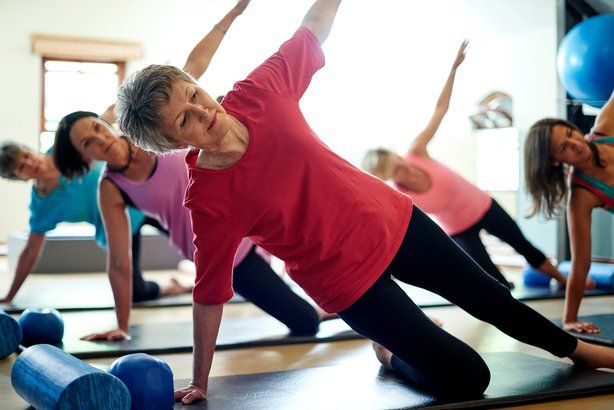
Falls are a serious risk for older people, causing fractures, longer recovery periods, and loss of independence. Balance exercises help enhance stability and coordination while reducing the risk of falls and aiding mobility.
⇒ Improves neuromuscular coordination, preventing accidental falls.
⇒ Core muscle stabilization prior to major muscle activation.
⇒ Keeps body limb awareness higher so that you can react faster and not get injured.
⇒ Spend 30 seconds standing on one leg.
⇒ Tai Chi (twice a week).
⇒ Heel-to-toe walking.
⇒ Exercises for core endurance with a stability ball.
Physical exercise benefits your body but is also essential for brain health. Regular exercise has been associated with lower risks of Alzheimer’s disease, dementia, and cognitive decline.
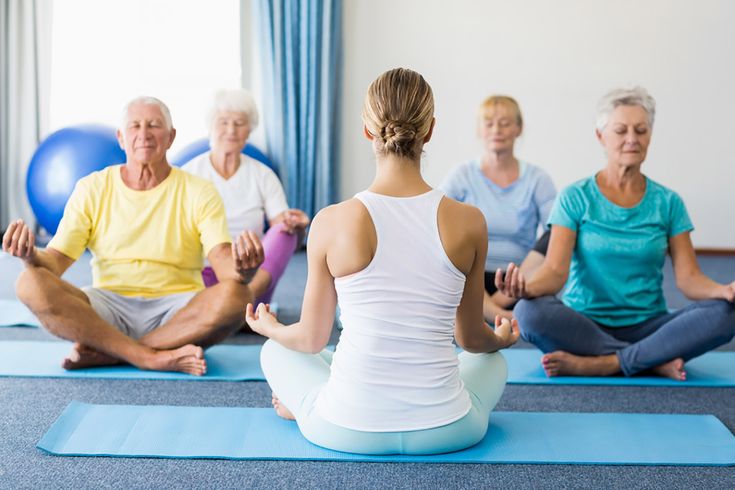
⇒ Boosts cerebral blood circulation, which improves memory and learning.
⇒ This increases Brain-Derived Neurotrophic Factor (BDNF), which encourages the growth of neurons.
⇒ It helps reduce stress and anxiety, resulting in clearer thinking.
⇒ Improves quality of sleep, which is a vital pillar for better brain function.
⇒ We will have services such as aerobics (running, swimming, and dancing).
⇒ Mind–Body movement (yoga, Tai Chi, meditation).
⇒ Coordination training (sports/learning new movement patterns).
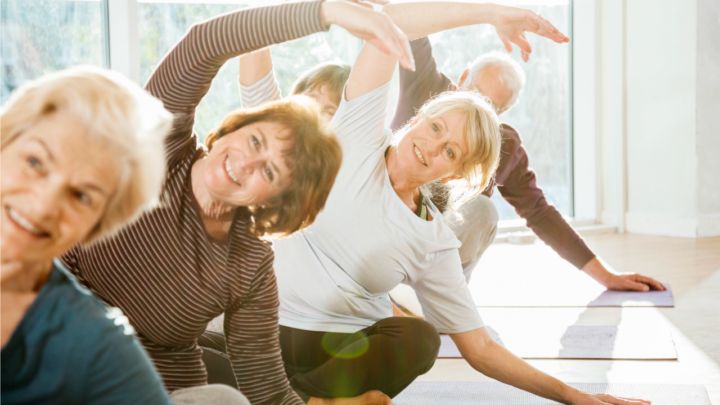
The effects of aging are not only physical but also mental and emotional. Exercise has been shown to improve mood, self-esteem, and satisfaction with life overall.
⇒ The release of endorphins lowers stress and anxiety.
⇒ Helps in improving sleep patterns by preventing insomnia.
⇒ Promotes socialization during group workouts, combating loneliness.
⇒ It boosts self-esteem, leading to a more positive outlook on aging.
⇒ Mindfulness and meditation practices.
⇒ Group fitness classes for social interactions
⇒ Outdoor hiking for leisure and relaxation.
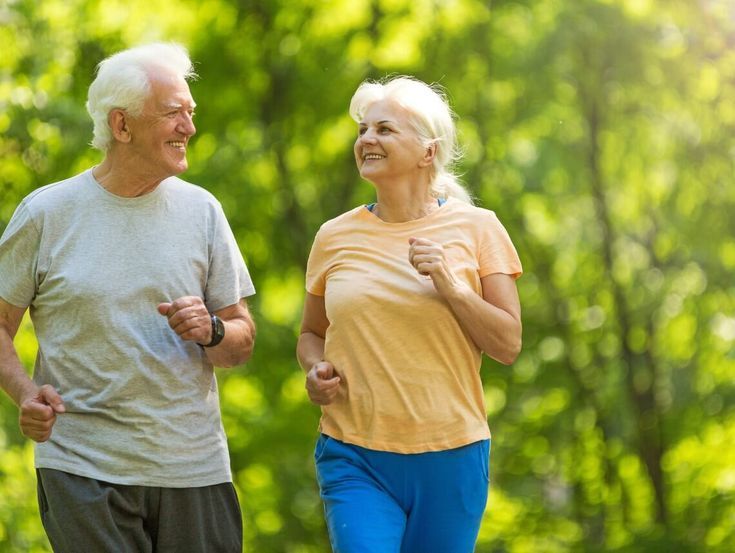
Our bodies react differently to exercise as we grow older. An age-appropriate exercise plan according to their needs and limitations is a must.
Tips For Developing A Safe And Effective Workout Routine
Regardless of your age, you can reap the benefits of exercise. Start at the point of your power— the thing you can do, then develop from there. Exercise is a form of medicine; the younger you are, the more you will experience its benefits. What, then, are you waiting for? Get up, stretch, and then begin today toward a longer, better life!
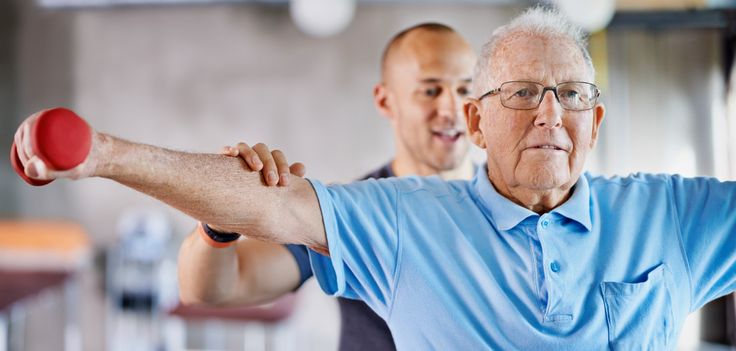
For staving off the effects of aging, a mix of cardiorespiratory exercise, strength training, flexibility work, and balance training is ideal.
It is advised that we partake in a minimum of 150 minutes of exercise over the week, preferably a combination of cardio, strength training, and stretches.
Although exercise can’t prevent aging, it can decelerate some of its effects by enhancing cellular function, preserving muscle strength, and protecting brain function.
You’re never too old to start exercising! Even people in their 60s, 70s, or beyond experience important health gains through regular physical activity.
Although it has an anti-aging workout effect, yes, yoga does not only have anti-aging workout effects such as improving flexibility, relieving stress, improving balance, and improving overall health.
It is important to emphasize appropriate warm-up, follow your body, avoid overexertion, practice proper form, and have a fitness professional guide you through some sessions for safe training.